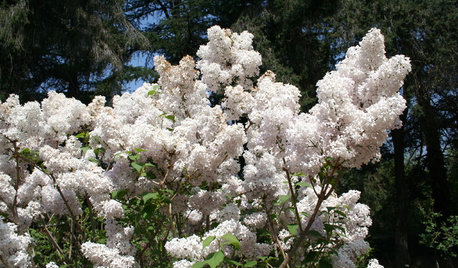Lifting Dahlias?
josie_2
19 years ago
Related Stories

PLANTING IDEASFerns: A Shade Gardener’s Best Friend
Bring rich texture and contrast to a dark woodland landscape with wonderfully diverse ferns
Full Story
GARDENING GUIDESGreat Design Plant: Cannas
Easy to grow and maintain, these showy, colorful plants are perfect for beginning gardeners
Full Story
GARDENING GUIDESSouthern California Gardener's September Checklist
Before prime planting time, clean out the old garden, prepare for the new, and dream up ideas for fall flowers and veggies
Full Story0

GARDENING AND LANDSCAPINGGarden Design Essentials: Color
Highly personal and evocative, color influences the mood of gardens in a powerful way. Here's how to make it work for you
Full Story
REGIONAL GARDEN GUIDESPacific Northwest Gardener: What to Do in April
Get ready for annual flowers and watch out for snails to ensure a bountiful garden now through summer
Full Story
KITCHEN OF THE WEEKKitchen of the Week: We Can’t Stop Staring at This Bright Blue Island
A single mom updates her childhood kitchen, so she and her daughter have a functional and stylish space
Full StorySponsored
Central Ohio's Trusted Home Remodeler Specializing in Kitchens & Baths






maine_gardener
josie_2Original Author
Related Professionals
Eden Prairie Landscape Architects & Landscape Designers · Foothill Ranch Landscape Architects & Landscape Designers · Maple Heights Landscape Architects & Landscape Designers · Harvey Landscape Architects & Landscape Designers · Concord Landscape Contractors · Eagle Landscape Contractors · Fort Wayne Landscape Contractors · Golden Gate Landscape Contractors · Leicester Landscape Contractors · Marlborough Landscape Contractors · Parkland Landscape Contractors · Tehachapi Landscape Contractors · Norridge Landscape Contractors · Shenandoah Landscape Contractors · San Diego Siding & Exteriorssamuraisix
mikefrommaine
sue36
Sky351
dahliameister
nancylouise5me
mikefrommaine
josie_2Original Author